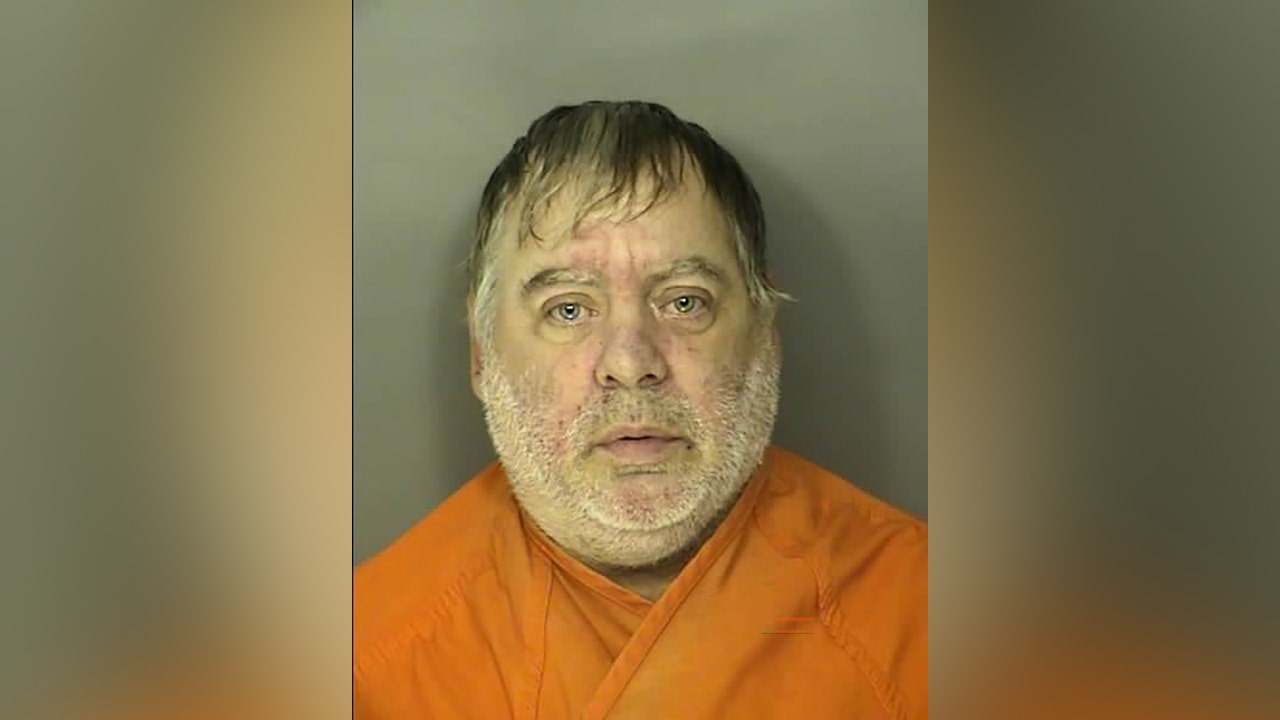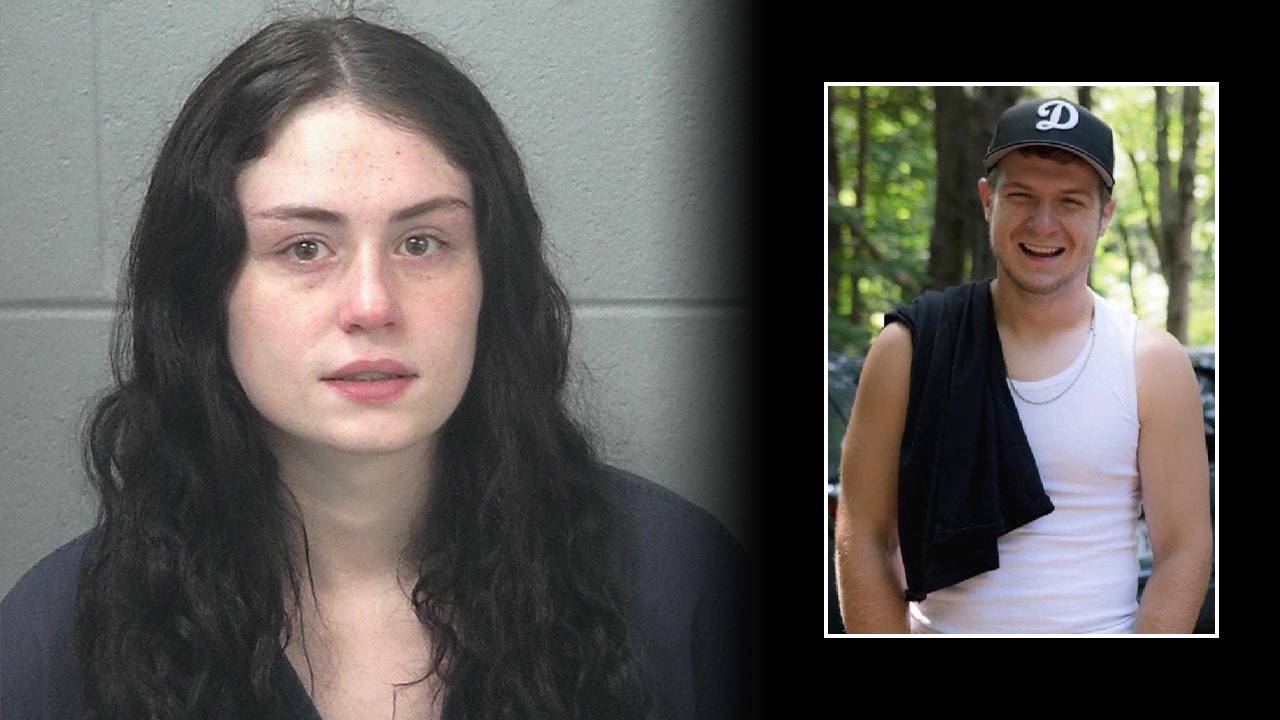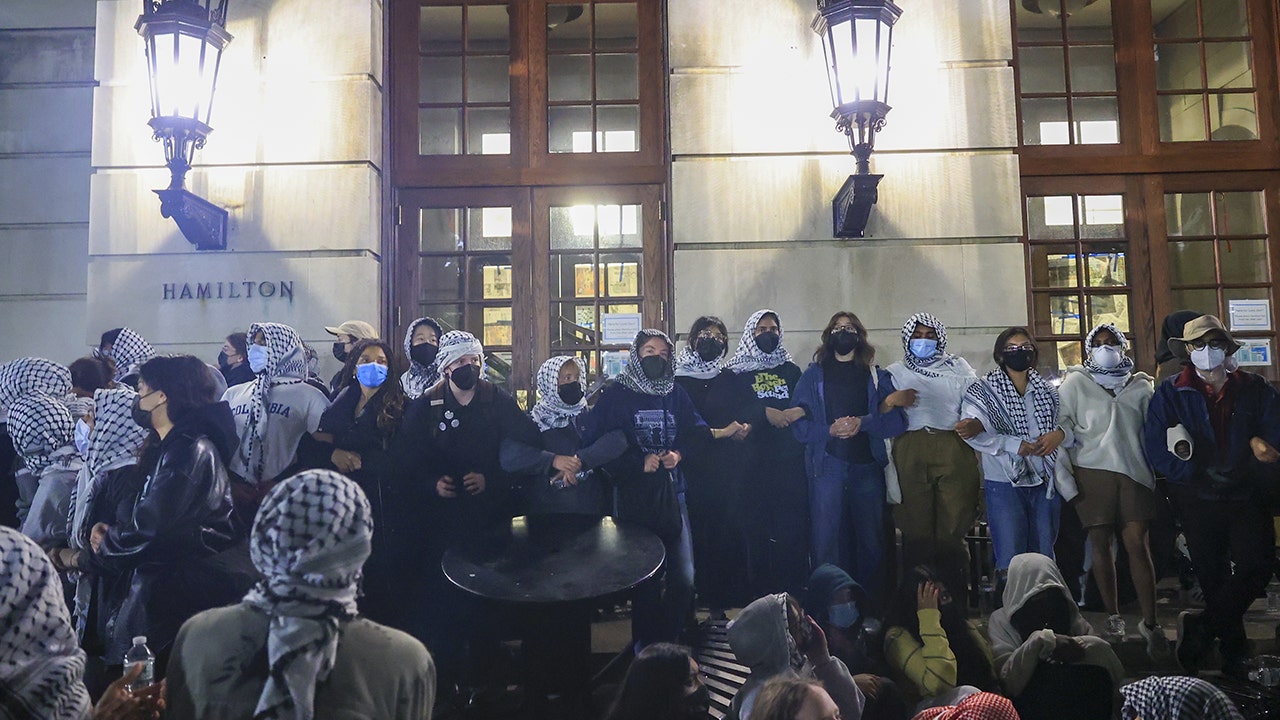Dr. Paul Appelbaum, the director of the division of law, ethics and psychiatry at Columbia, told me that in these situations, family members are often “aware that if they turn the child out of the house, not only is that sort of turning the risk loose on society, but they’re also increasing the risk to their child.” He said mentally ill individuals are at greater risk of being victims of violent crimes than members of the general population are.
This week, my newsroom colleague Glenn Thrush reported on the tragic death of Markus Johnson, “who suffered from bipolar disorder and schizophrenia,” in an Illinois prison. Thrush wrote, “The country’s jails and prisons have become its largest provider of inpatient mental health treatment, with 10 times as many seriously mentally ill people now held behind bars as in hospitals.” Meanwhile, the number of state hospital beds for people with severe mental illness “reached a historic low of 36,150” in 2023, according to a January report from the Treatment Advocacy Center.
What can be done to help these families?
First, as The Times’s editorial board argued in 2022, we need to revisit the idea of building a community mental health system like the one envisioned by President John F. Kennedy in the 1960s. Between the ’60s and the 1990s, most of the state inpatient psychiatric hospitals closed. These hospitals were supposed to be replaced by “some 1,500 community mental health centers across the country, each of which would provide five essential services: community education, inpatient and outpatient facilities, emergency response and partial hospitalization programs,” the editorial board said. But Kennedy’s vision never materialized.
Many of the women said that supportive housing like what the community mental health centers could offer was at the top of their policy lists. It would require considerable resources, but as the editorial board wrote, the costs “would be partly offset by what police departments, jails and hospitals could save.”
Several of the women expressed worries about situations involving their children and police officers who aren’t sufficiently trained to deal with serious mental illness. “When they get a call for a mentally disturbed person, a SWAT team showed up at my house, and they don’t know how to talk to them,” said one parent. She wanted police officers to get more training and to be accompanied by counselors. Some cities, like Eugene, Ore., and Los Angeles are experimenting with sending unarmed civilian workers with mental health training to attend to people in crisis.






